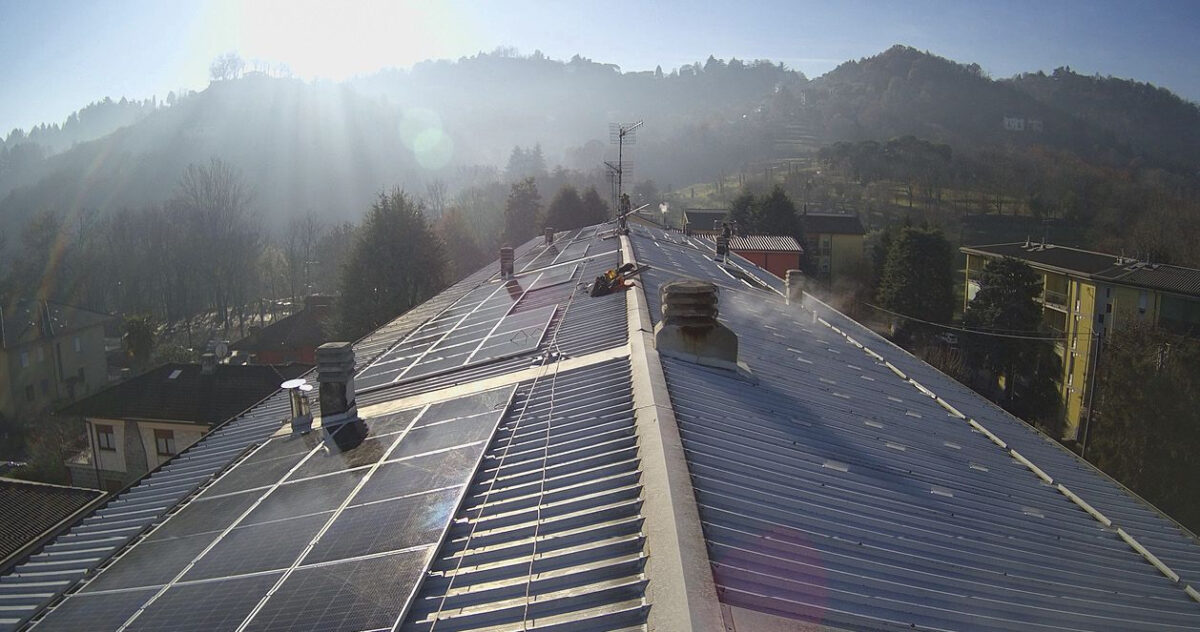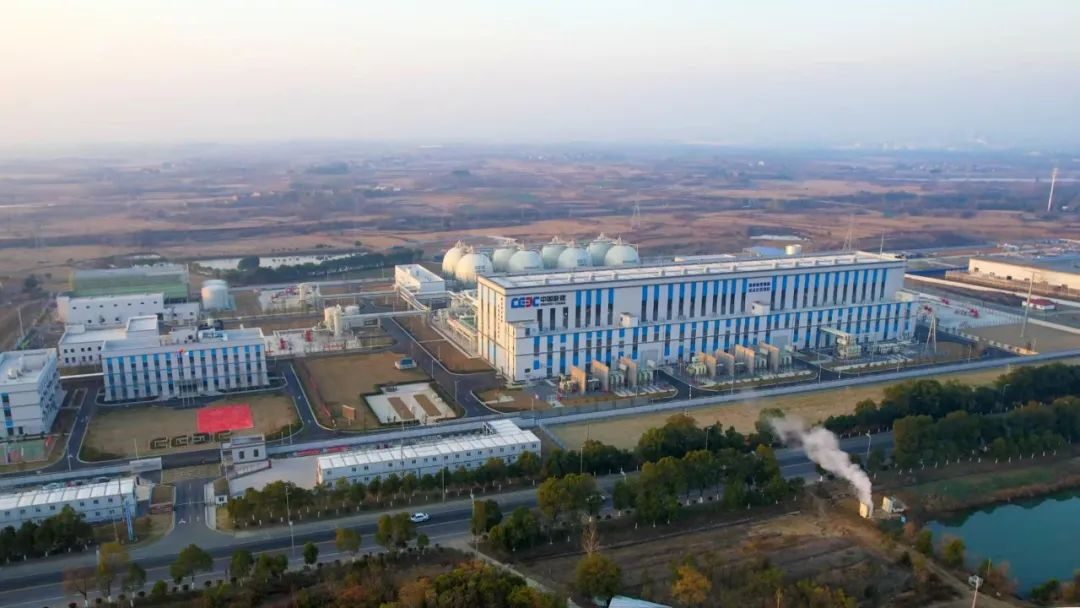New research conducted by Elise Viadere from the Université Libre de Bruxelles (ULB) has shown that financial incentives for energy communities may not be enough to ensure their conspicuous deployment across those countries that are supporting them through dedicated energy-sharing schemes.
“Energy communities were originally envisioned as laboratories for decentralization, helping to increase local capacity and reduce strain on the grid,” she told pv magazine. “Therefore, policy should focus on fostering energy communities that can contribute to this flexibility in ways that benefit not only their members but also the entire energy system. As the share of intermittent renewable energy grows and electricity demand increases, greater demand-side flexibility becomes crucial for system stability.
According to Viadere, if policy support for energy communities takes the form of network tariff adjustments, these adjustments should strictly reflect the community’s measurable benefits for the distribution grid. “This means that communities demonstrating substantial shiftable loads and actively using real-time signals, such as variable price information or local production feedback—should receive adjustments proportional to the flexibility and reduced grid dependency they provide,” she explained.
“The objective is to create synergies and ensure that the distribution of benefits is fair across all stakeholders – members, non-members, and the broader network – rather than offering indiscriminate financial subsidies,” the researcher added. “While it’s true that managing real-time feedback and shiftable loads adds complexity, energy communities already benefit from a unique and exceptional status in the energy market and system.”
Viadere said this status should be justified solely by the net benefits these communities provide, specifically, their contribution to the integration of additional renewable energy and the reduction of grid dependency. “Without delivering measurable benefits, such as enhanced flexibility or lower peak demand, maintaining this privileged status could become unfair to other market participants, particularly other network users who bear the cost of grid maintenance without equivalent advantages,” she further explained. “Therefore, this management isn’t an additional burden, it’s a necessary step toward ensuring that energy communities remain valuable contributors to the broader energy system.”
In the paper “Promoting energy-sharing communities: Why and how? Lessons from a Belgian pilot project,” which was recently published in Energy Policy, the researcher investigated if and how network tariff adjustments could help energy-sharing communities achieve enough revenue to cover the operating costs for each member.
The analysis revealed that, even with high self-consumption rates and relatively low electricity prices, the break-even could be hardly reached without network tariff adjustments. “Under typical market conditions, the energy-sharing model alone may not allow communities to cover their costs entirely,” the paper notes.
The researcher also evaluated the impact of the network tariff adjustments and energy-sharing on peak consumption patterns, with the assessment also confirming that the absence of cost-reflectivity of the capacity-term adjustment does not incentivize the community participants to change their consumption behavior and reduce grid strain during peak periods.
The researcher stressed that implementing network tariff adjustments for energy communities would necessarily require higher self-consumption rate, as well as information feedback and shiftable loads.
“Capacity-term adjustments should be applied only to energy-sharing communities where participants can actively shift or shed their peak consumption,” the paper reads. “This requires access to real-time feedback on local production and grid status, along with the use of shiftable assets like batteries or heat pumps. Without these tools, capacity-term adjustments fail to significantly impact peak behavior, rendering the network tariff adjustments misaligned with the grid’s needs.”
Viadere said she hopes that the research's findings will stimulate a discussion on how best to develop energy communities in larger volumes while maintaining the “financial and operational integrity” of the grid.
This content is protected by copyright and may not be reused. If you want to cooperate with us and would like to reuse some of our content, please contact: editors@pv-magazine.com.




By submitting this form you agree to pv magazine using your data for the purposes of publishing your comment.
Your personal data will only be disclosed or otherwise transmitted to third parties for the purposes of spam filtering or if this is necessary for technical maintenance of the website. Any other transfer to third parties will not take place unless this is justified on the basis of applicable data protection regulations or if pv magazine is legally obliged to do so.
You may revoke this consent at any time with effect for the future, in which case your personal data will be deleted immediately. Otherwise, your data will be deleted if pv magazine has processed your request or the purpose of data storage is fulfilled.
Further information on data privacy can be found in our Data Protection Policy.